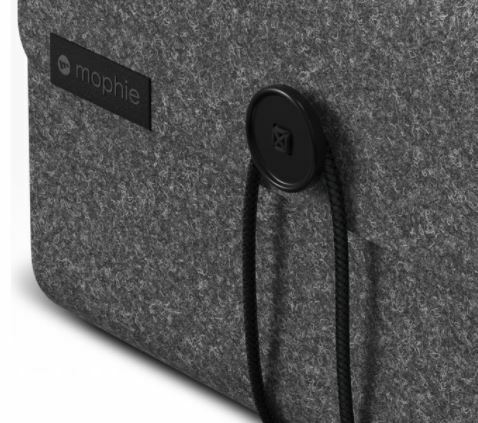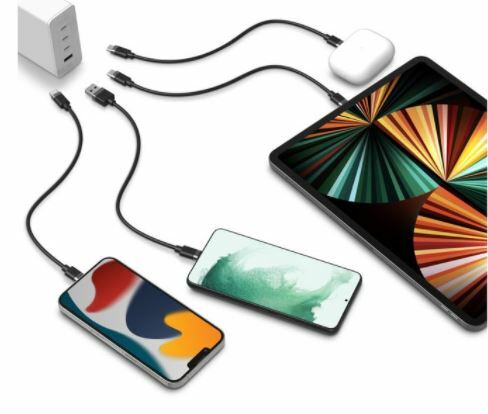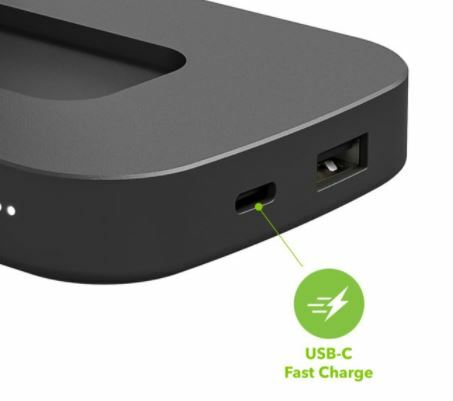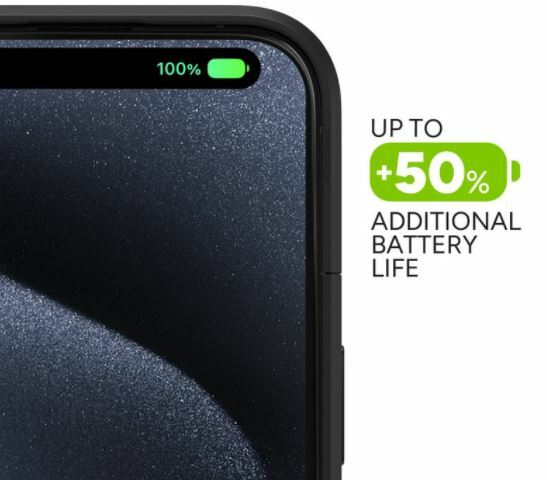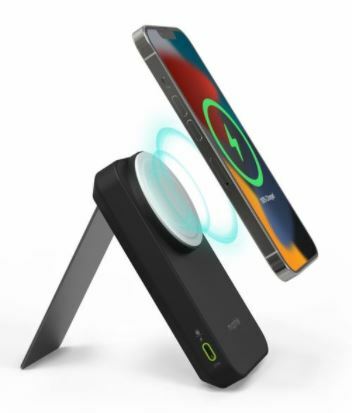
Fast Charging
You shouldn't have to wait all day for a charge. With mophie you can charge your smartphone or iPad at the fastest speeds possible.

At mophie, we are innovators committed to expanding mobile boundaries in a groundbreaking fashion. We serve the young-at-heart regardless of their age. Those with a lust for life who shouldn’t be tied down by limited battery life and storage.
You shouldn't have to wait all day for a charge. With mophie you can charge your smartphone or iPad at the fastest speeds possible.
The quality of mophie can't be underestimated. We invest in quality, sustainable materials that are built for comfort and durability.
Many products from mophie allow you to charge all your main devices in one central location with dedicated spots for your iPhone, Apple Watch, and AirPods/AirPods Pro..
Our devices support a range of USB connectors. Connect your USB-C, USB-A or Lightning device effortlessly.
mophie offers a reliable battery life for your device which is ideal for active lifestyles and travel.
You can rest assured knowing we provide for a replacement or repair of your mophie product in the event there is a manufacturer defect or your products stops working correctly.
Discover all of mophie

Wireless Chargers
Charge your Qi-enabled devices wirelessly at home, at work, or while you’re on-the-go. You’ll stay charged on vacation or during a business trip. And when you’re ready to head back home, mophie offers easy to transport chargers that fit easily in your suitcase.
Fast Charging Cables
Long-lasting premium charging cables are made for continued, everyday use. Tested & flexible they are built to withstand the elements and are easily transportable while on the go. You can charge your iPad or smartphone easily with USB/lightning connectors.


Reliable Power Banks
Never get caught with a low battery again. Our portable power banks provide fast charging power to your device when you need it most.
GaN Wall Adapters
GaN technology uses high-performance internal silicon components to increase charging efficiency in an ultra-compact form factor. So, you get faster power in a smaller charger.


Plug & Charge Car Chargers
Plug in for power with mophie’s USB car chargers. This adapter plugs into the cigarette lighter port in your car. Plug your charging cord into the USB port for fast-charging power to your smartphone or iPad. The sleek, lightweight aluminum power accessory is a must-have for charging on-the-go.
B2B Mobile Payment Solutions
Magnetic, Modular Enterprise Solutions
We understand the retail environment. That’s why we’ve created our mobile pay cases to allow you to consolidate the multi-step payment process into one central location. With mobile pay you can complete a sale, take an order, or check in a customer all from one consolidated device.
LEARN MORE
Loading results...
